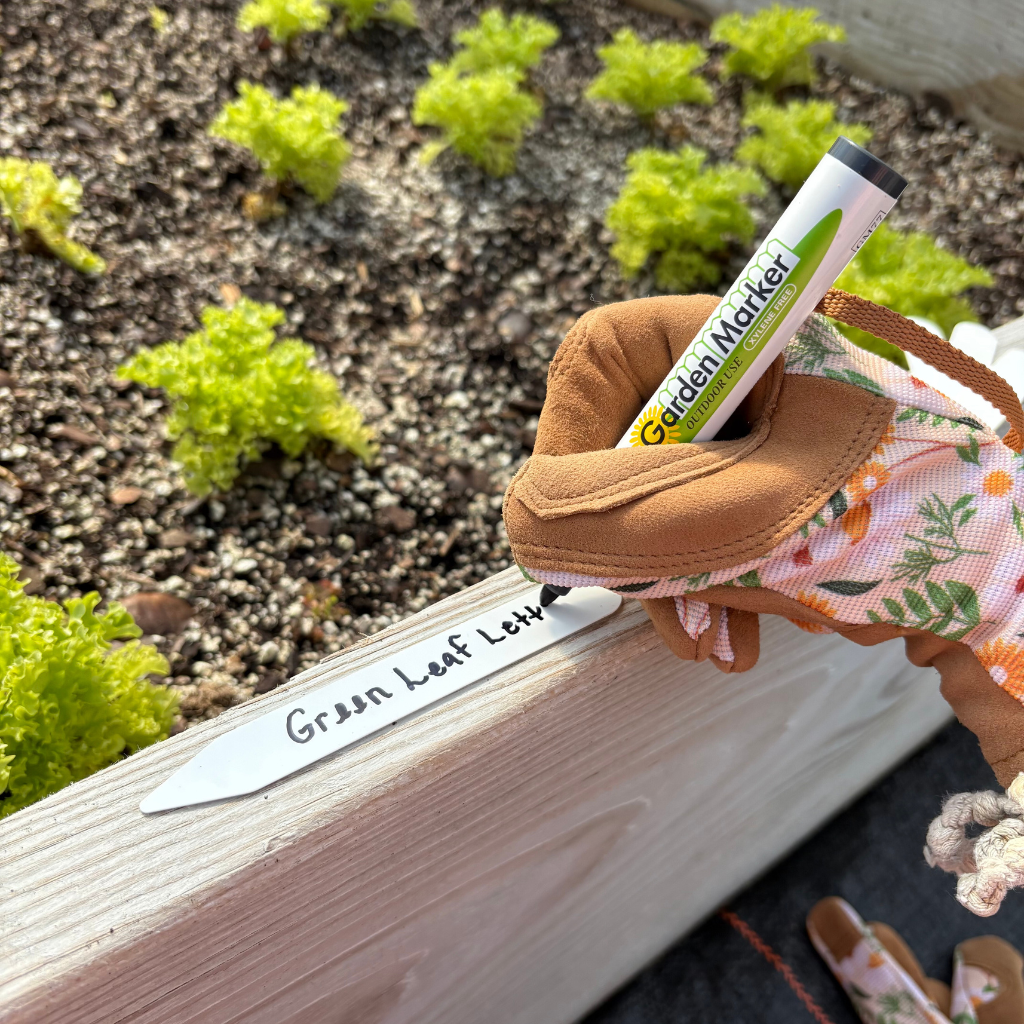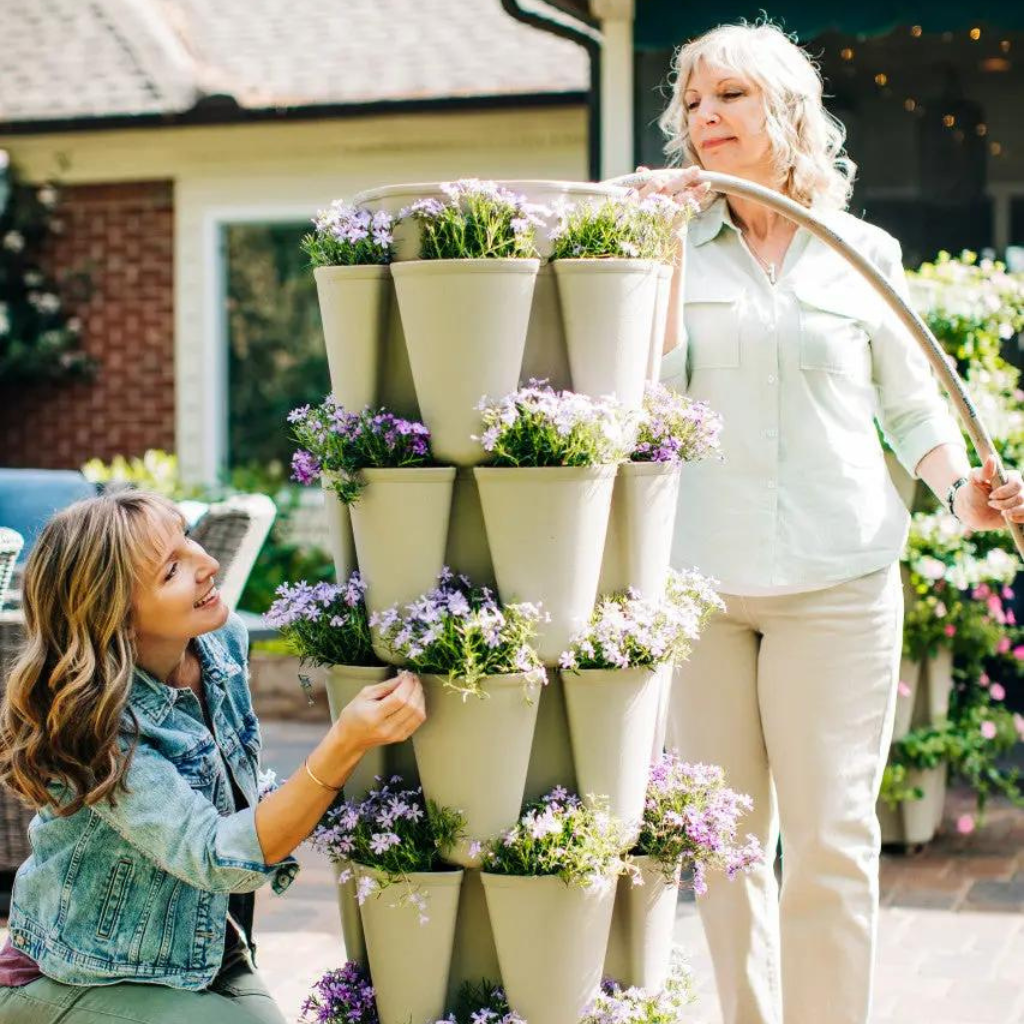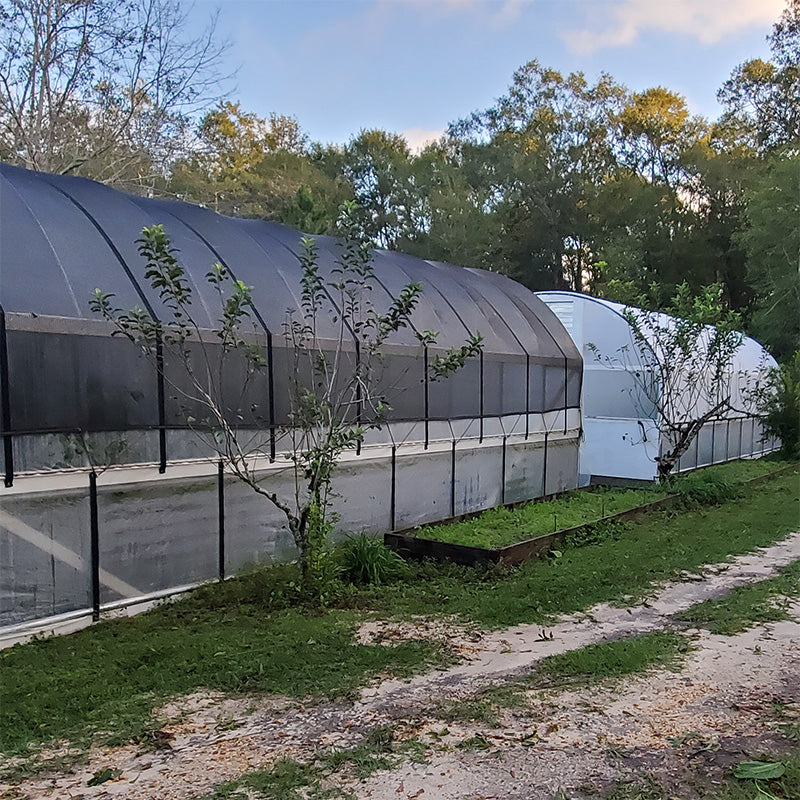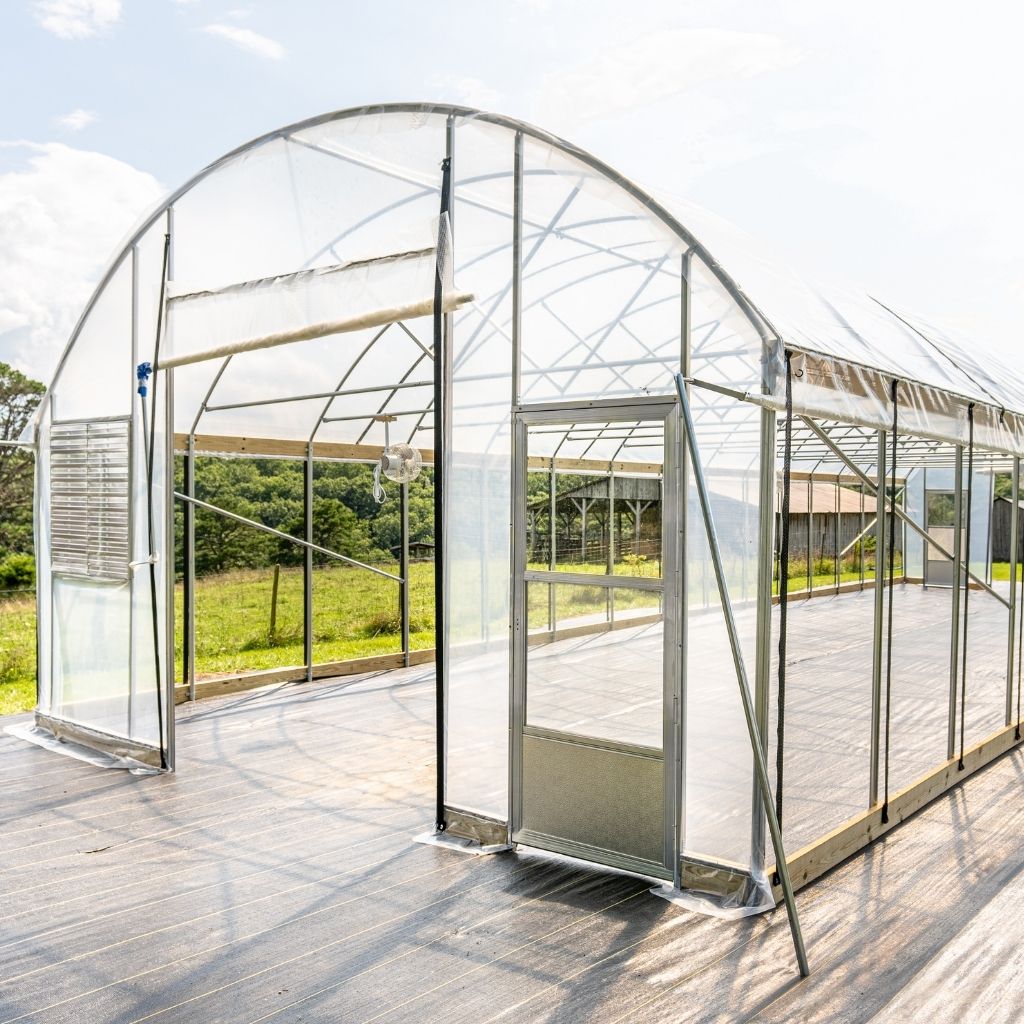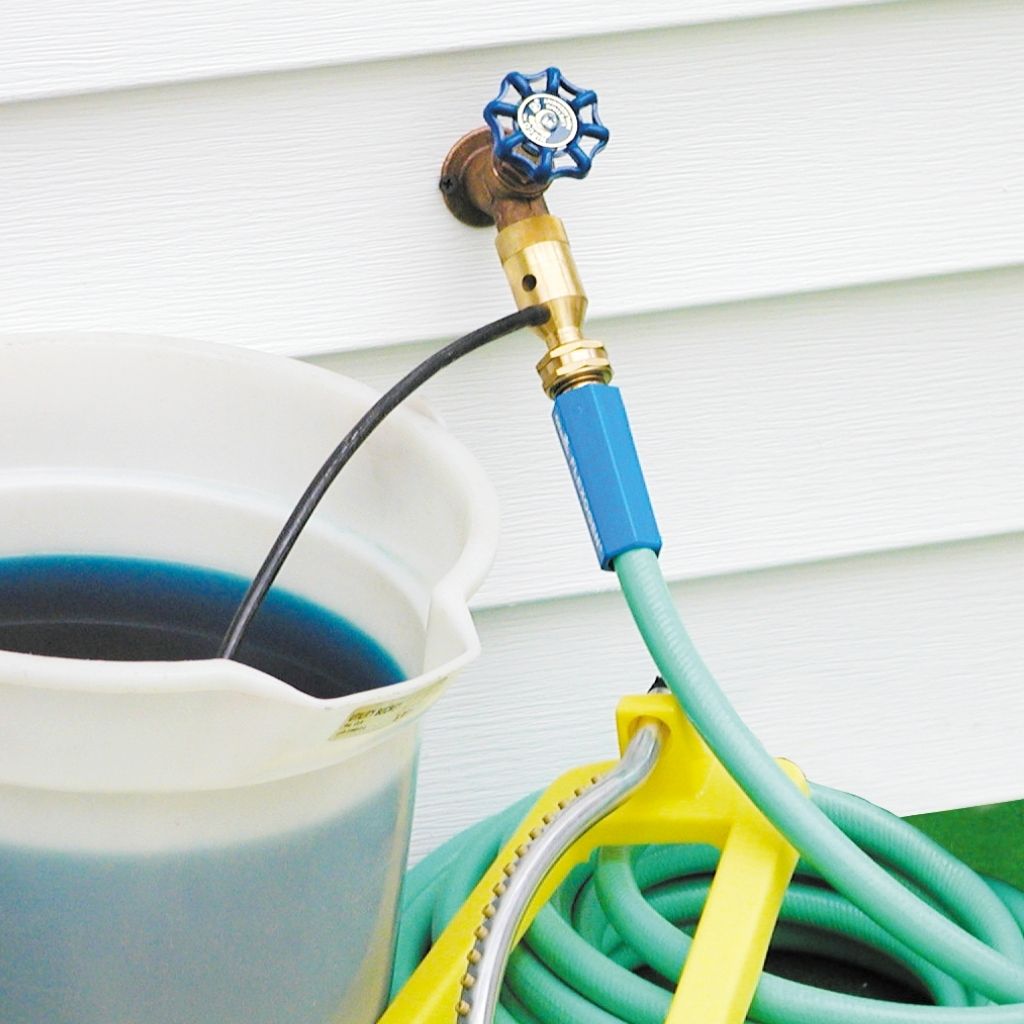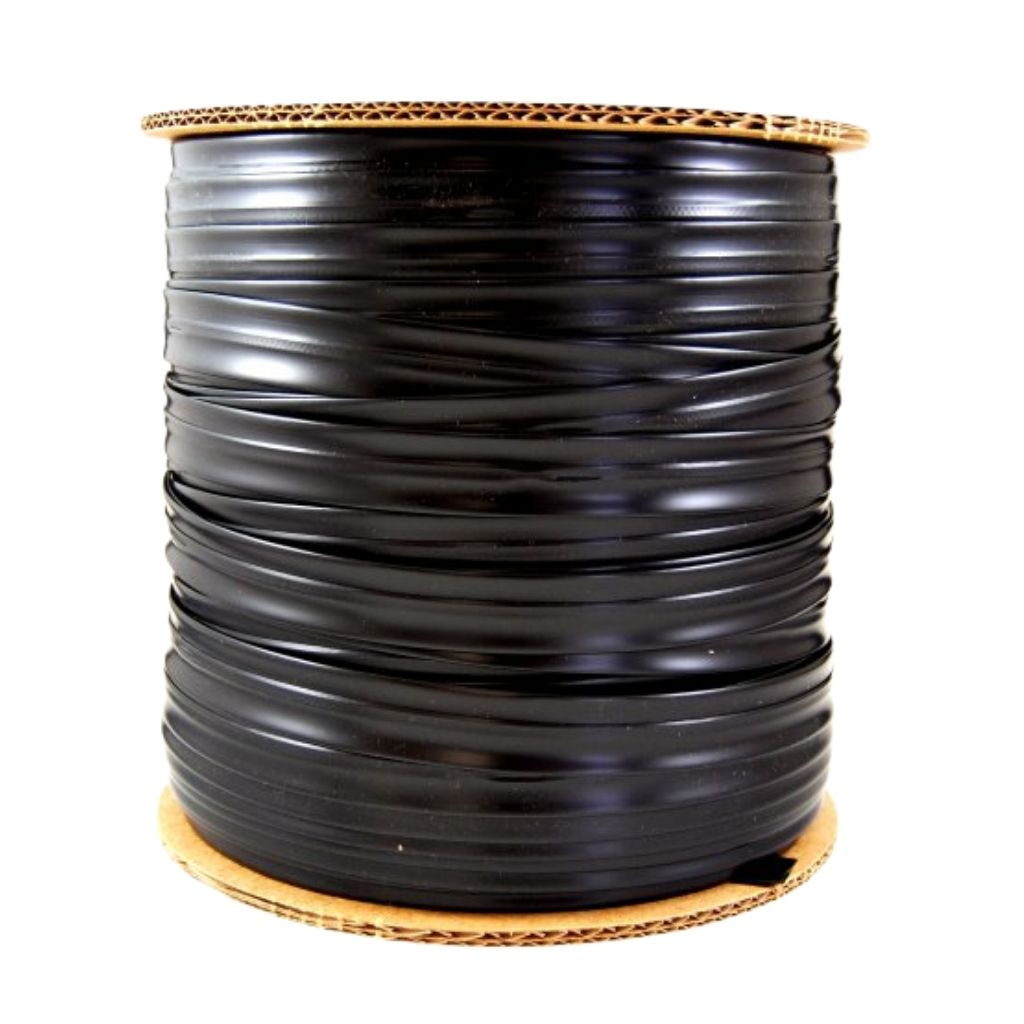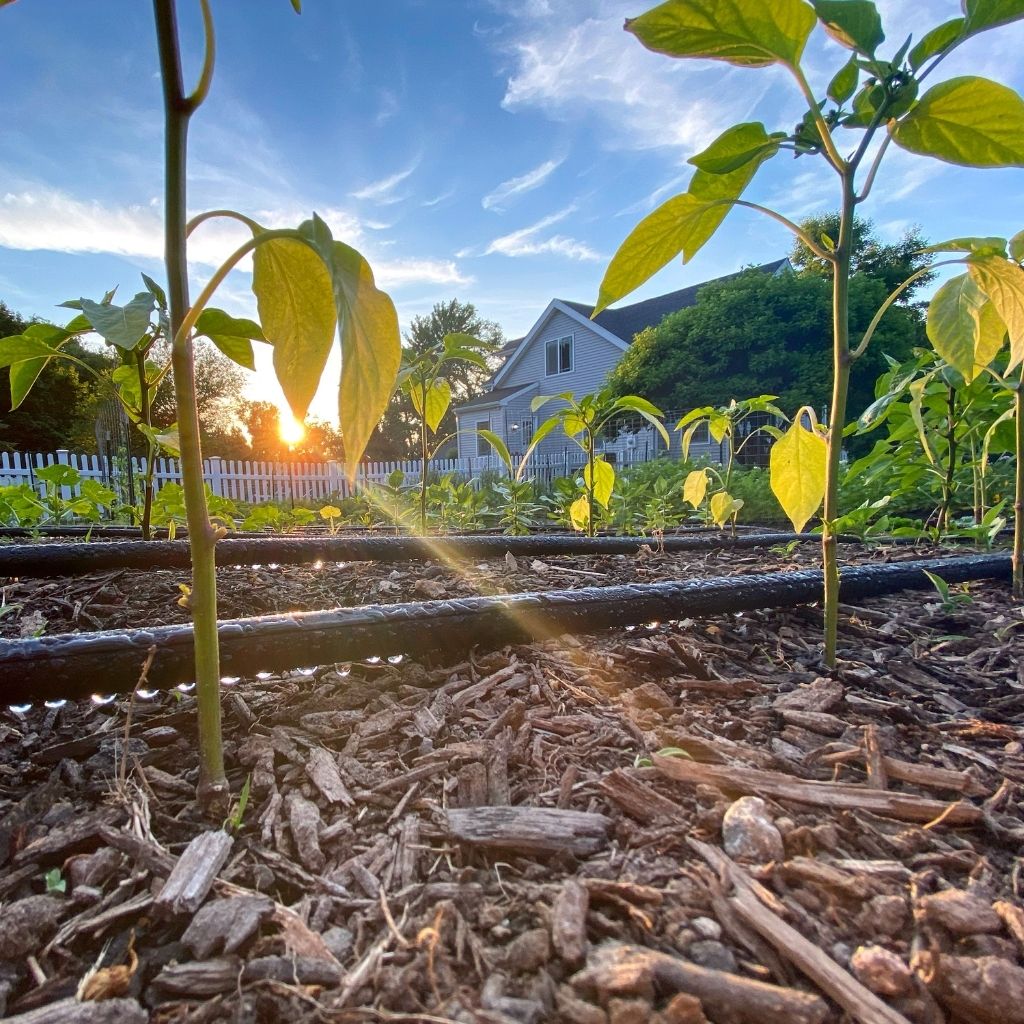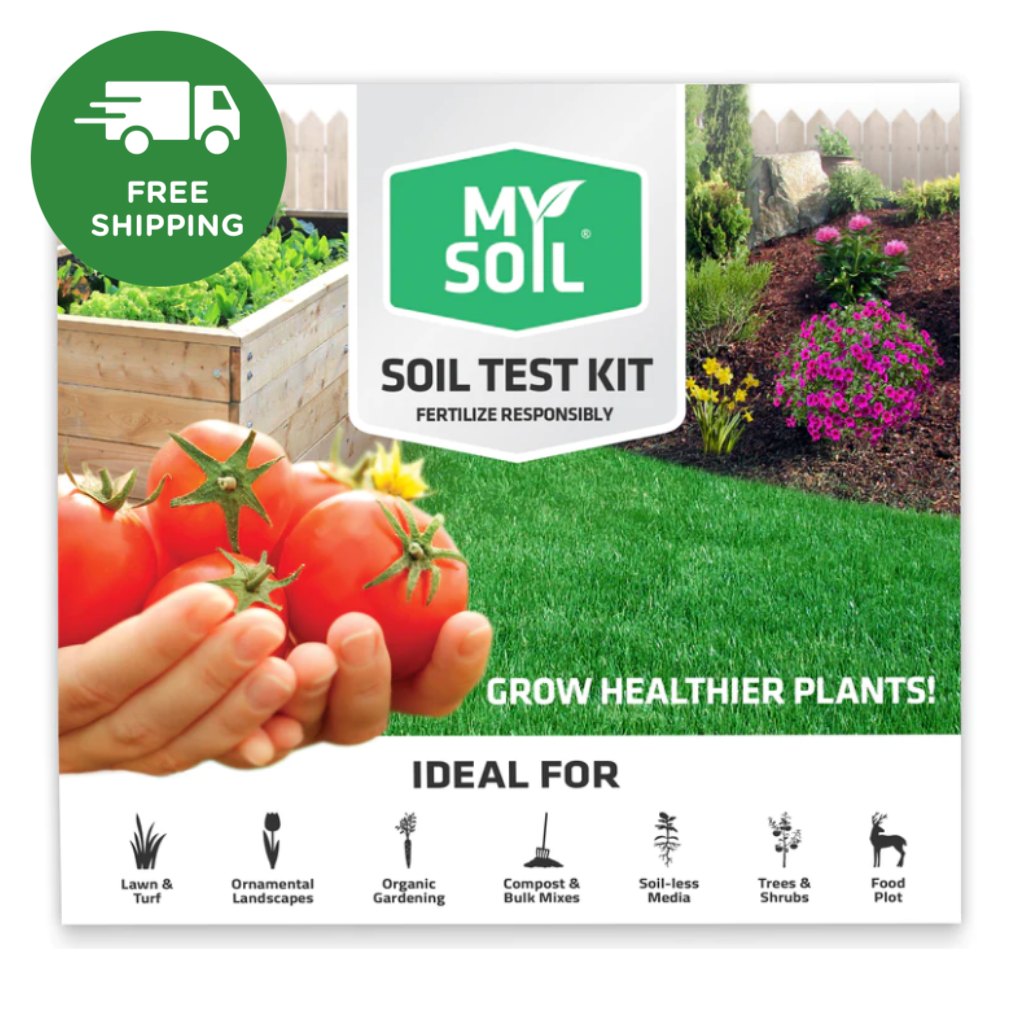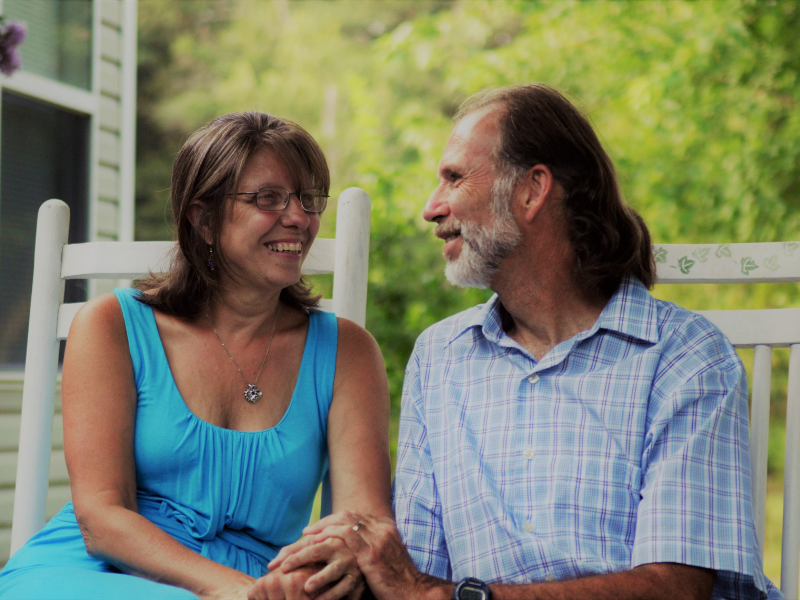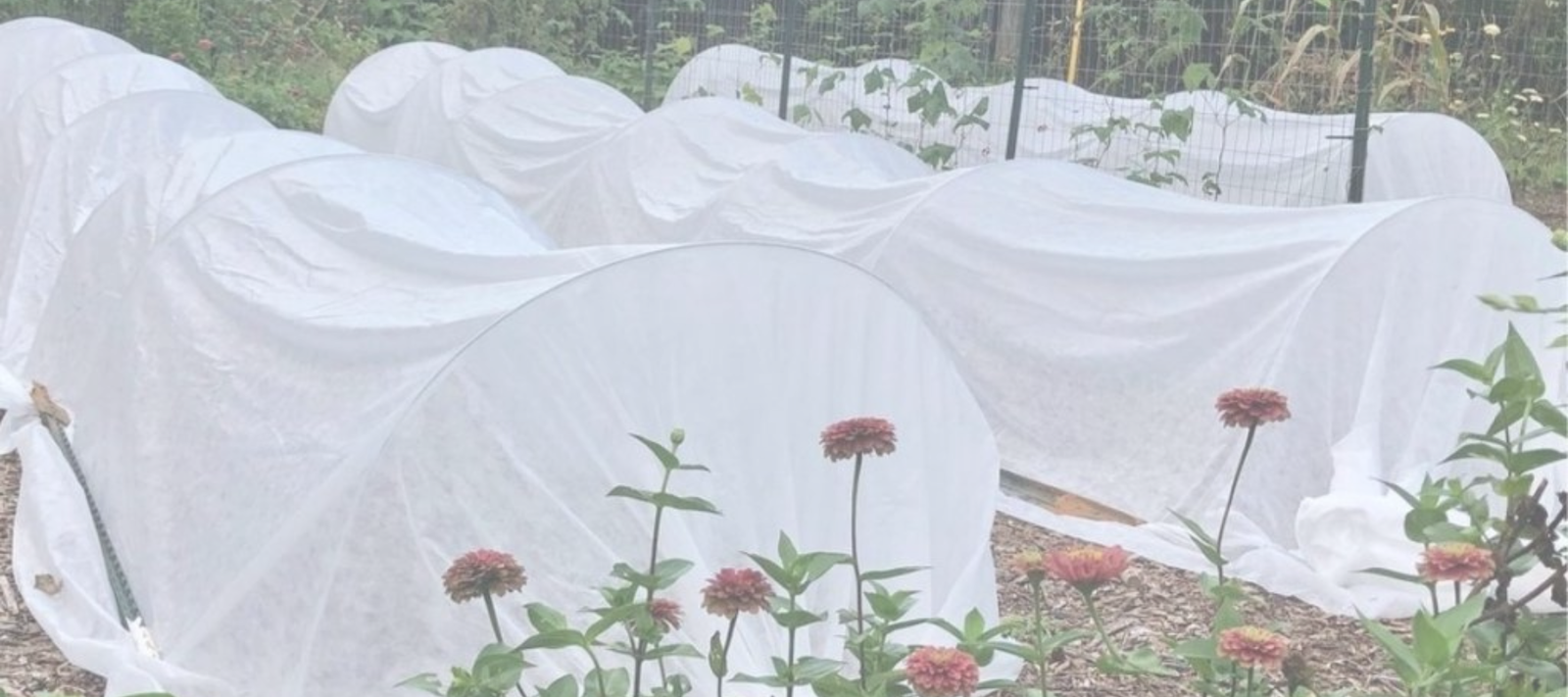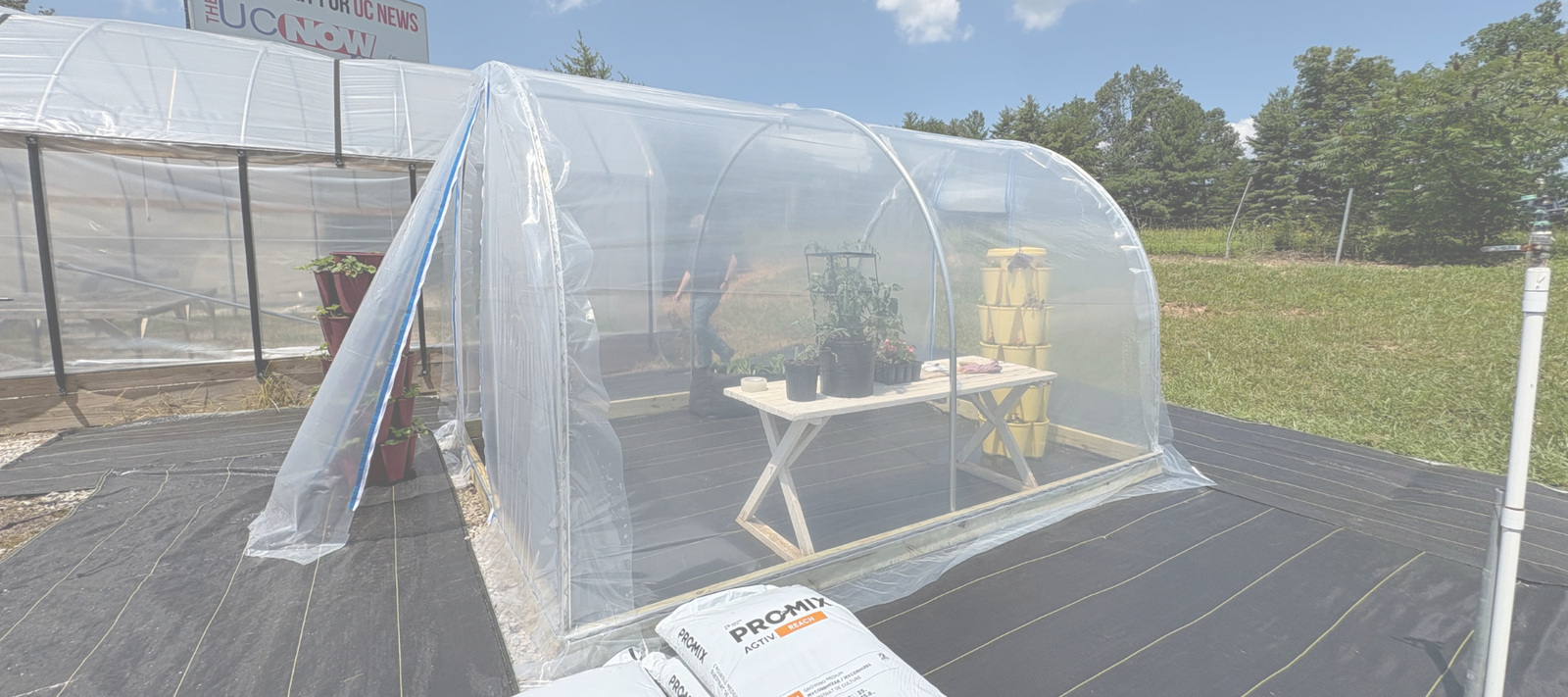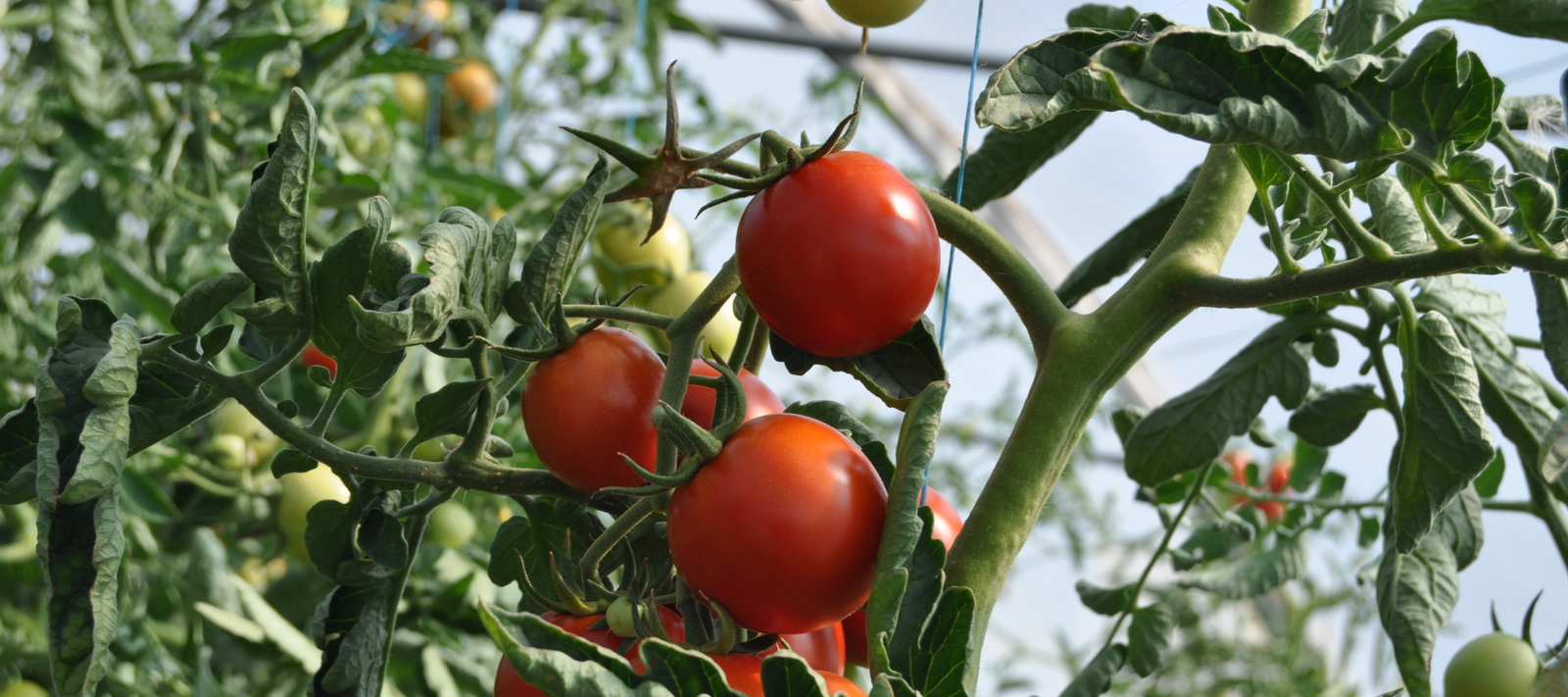For many gardeners, the end of summer often signals the close of the growing season. But with a bit of planning and the right tools, you can extend your garden’s productivity well into the fall and even winter. Extending the growing season allows you to enjoy fresh produce longer, experiment with different crops, and make the most of your garden space. Whether you’re growing vegetables, herbs, or flowers, these tips will help you keep your garden thriving beyond the typical growing season.
Understanding Your Growing Zone
The first step in extending your growing season is understanding your USDA growing zone. This zone tells you the average minimum winter temperature in your area, which helps determine what plants will survive through the colder months. Knowing your zone is crucial because it guides your decisions on what crops to plant, when to plant them, and what kind of protection they’ll need as temperatures drop.
If you’re unsure of your zone, many gardening websites offer tools to help you determine it by entering your zip code. Once you know your zone, you can plan your garden with more precision, selecting varieties of plants that are either cold-hardy or that can be grown in protected environments. Find your zone here.
Season Extenders: Tools and Techniques
One of the most effective ways to extend your growing season is by using season extenders. These tools and techniques create a more controlled environment for your plants, allowing you to start growing earlier in the spring and continue harvesting well into the fall, and in some cases, even through the winter.
Cold Frames
Cold frames are essentially mini-greenhouses. They are typically low to the ground and made of wood or metal frames with a clear top, often made of glass or plastic. Cold frames harness solar energy to warm the soil and air inside, creating a microclimate that can be several degrees warmer than the outside temperature. This is ideal for starting seeds early or protecting frost-sensitive plants during unexpected cold snaps.
Row Covers
Row covers are lightweight, fabric-like materials that you can drape directly over your plants. They help to trap heat and protect crops from frost, as well as pests. Row covers are easy to use and can be removed during the day to prevent overheating. They are particularly useful for extending the harvest of leafy greens and root vegetables.
Hoop Houses and Tunnels
Hoop houses, also known as high tunnels, are taller than cold frames, allowing gardeners to walk inside and tend to their plants. Hoop houses provide excellent protection against early frosts and can also extend the season for warm-weather crops like tomatoes and peppers.
Greenhouses
For the serious gardener, a greenhouse is the ultimate season extender. Greenhouses offer complete control over the growing environment, including temperature, humidity, and light. This allows for the cultivation of a wide variety of crops year-round, regardless of outdoor weather conditions. While more expensive and requiring more maintenance, a greenhouse can significantly expand your gardening capabilities.
Planting Cold-Tolerant Crops
Another key strategy for extending your growing season is selecting crops that naturally thrive in cooler temperatures. Many leafy greens, root vegetables, and brassicas can withstand light frosts and even improve in flavor as the weather cools.
Some of the best cold-tolerant crops include:
- Spinach: Hardy and able to survive through the winter in many areas, spinach is a great choice for late-season planting.
- Kale: Known for its resilience, kale can endure harsh conditions and continues to produce even after the first frost.
- Carrots: Carrots can be left in the ground well into the fall, and their flavor often sweetens after a frost.
- Broccoli and Cauliflower: These brassicas prefer cool weather and can be grown successfully in the fall and early winter.
By timing your planting correctly, you can ensure a steady supply of fresh produce even as the days shorten and temperatures drop. Succession planting, or planting new crops every few weeks, can also help you maintain continuous harvests throughout the extended season.
Mulching and Soil Management
Mulch is an essential tool for any gardener looking to extend the growing season. By applying a thick layer of organic mulch, such as straw, leaves, or compost, you can insulate the soil and protect plant roots from the cold. Mulch also helps retain moisture, reducing the need for frequent watering as the weather cools.
In addition to mulching, consider amending your soil with compost or other organic matter. Healthy, well-nourished soil helps plants resist the stresses of cold weather and can improve their chances of surviving unexpected frosts. Regularly adding organic matter to your soil will not only benefit your current crops but also improve soil health for future growing seasons.
Using Artificial Lighting
As the days get shorter, the amount of natural sunlight your plants receive decreases. This can slow down growth, especially for light-loving crops. To counter this, you can use artificial grow lights to supplement the natural light your plants receive.
LED grow lights are an energy-efficient option that provides the full spectrum of light needed for plant growth. Setting up grow lights in a greenhouse, hoop house, or even indoors can help you extend the growing season for certain crops. Ensure the lights are positioned close to the plants and set on a timer to mimic natural daylight hours.
Watering Considerations in Cooler Weather
Watering needs change as temperatures drop, and overwatering can become a concern. Cooler temperatures slow down evaporation, meaning the soil stays moist for longer periods. This can lead to waterlogged roots and increased risk of root rot.
To avoid this, water your plants deeply but less frequently as the weather cools. Always check the soil moisture level before watering, and make sure your garden beds have good drainage to prevent standing water.
Planning for Success: Garden Layout and Crop Rotation
Proper garden planning is essential for a successful extended growing season. Consider the layout of your garden and how you can maximize space and sunlight exposure during the cooler months. Grouping cold-tolerant crops together in more sheltered areas of the garden can help protect them from harsh winds and frost.
Additionally, practice crop rotation to keep your soil healthy and prevent disease buildup. Rotating crops each season helps maintain soil fertility and reduces the risk of pests and diseases that can overwinter in the soil.
Conclusion
Extending your growing season is a rewarding way to get more out of your garden. With the right tools, techniques, and a bit of planning, you can enjoy fresh, homegrown produce long after the traditional growing season has ended. Experiment with different methods to find what works best for your garden, and don’t hesitate to make adjustments as you learn. Happy gardening!


